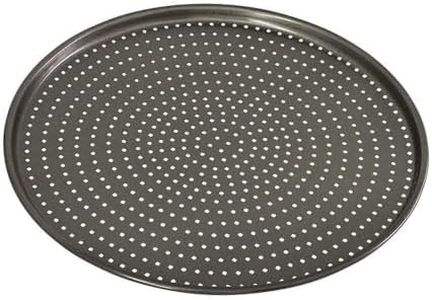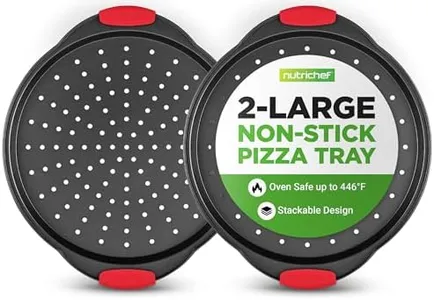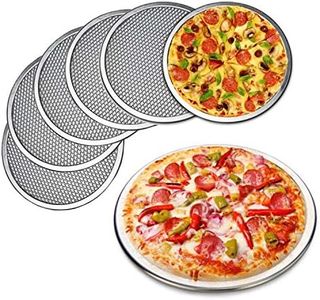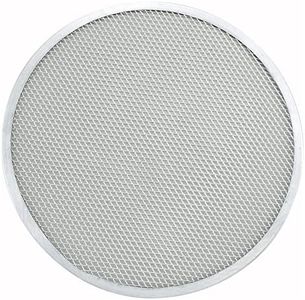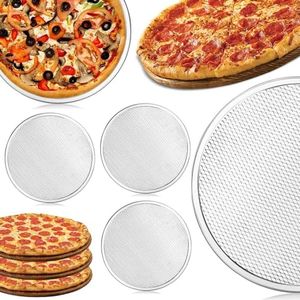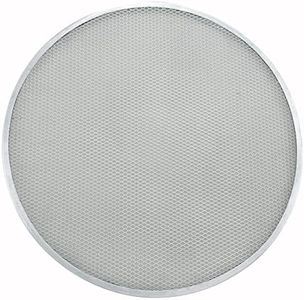We Use CookiesWe use cookies to enhance the security, performance,
functionality and for analytical and promotional activities. By continuing to browse this site you
are agreeing to our privacy policy
10 Best Pizza Screens
From leading brands and best sellers available on the web.Buying Guide for the Best Pizza Screens
Choosing the right pizza screen is important for both home cooks and professionals who want to make great pizza with the perfect crust. Pizza screens are round, mesh-like trays made from metal and are used to bake pizzas directly on them in an oven. Their purpose is to promote even cooking and a crispier bottom crust. When shopping for a pizza screen, there are a few important factors to consider to make sure you get the best fit for your oven, pizza size, and how you like your pizza to turn out.DiameterDiameter refers to the overall width of the pizza screen, usually measured in inches. This is important because it determines the size of the pizza you can make. Common screens range from about 8 inches for small personal pizzas to 18 inches or more for large pizzas. If you want to make individual pizzas, go for smaller diameters, but if you often bake for a family or group, a bigger screen is better. Always consider the size of your oven and baking stone to be sure the screen will fit comfortably.
Mesh SizeMesh size is the size of the holes in the screen. This affects how much air and heat flow around the bottom of your pizza as it bakes. Fine mesh screens have small holes and produce softer bases, while coarse mesh screens with large holes allow for more direct heat and can create a crispier, crunchier crust. If you like a well-done, crispy bottom, lean towards a coarse mesh. For more delicate pizzas or if you use a lot of toppings, a finer mesh helps prevent sticking and supports your pizza better.
MaterialMost pizza screens are made from aluminum, which is lightweight, conducts heat well, and resists rust. Some may have non-stick coatings. Pure aluminum is good for even baking, but if you want extra easy cleanup, choose a screen with a non-stick finish. Be aware that some coatings might wear off over time, so think about how often you will use and wash the screen. If you are sensitive to non-stick coatings or want something traditional, bare aluminum is a reliable choice.
ThicknessThickness refers to how thick the metal of the screen is. Thicker screens are more durable and less likely to warp, but they may take a little longer to heat up. Thinner screens heat up and cool down quickly, which might be useful if you bake many pizzas in a row. If you want something that will last for many years and can handle frequent use, choose a thicker screen. For occasional home use, a standard or thinner screen works just fine.
Edge DesignThe edge design can be either flat or slightly raised. A flat edge makes it easy to slide pizzas on and off, while a raised lip helps keep the pizza from sliding off the screen, especially when moving it in and out of the oven. If you are new to baking pizzas or making larger sizes, the raised edge can be helpful for stability. If you are confident with your pizza peel skills, a flat edge might make transferring pizzas even easier.
